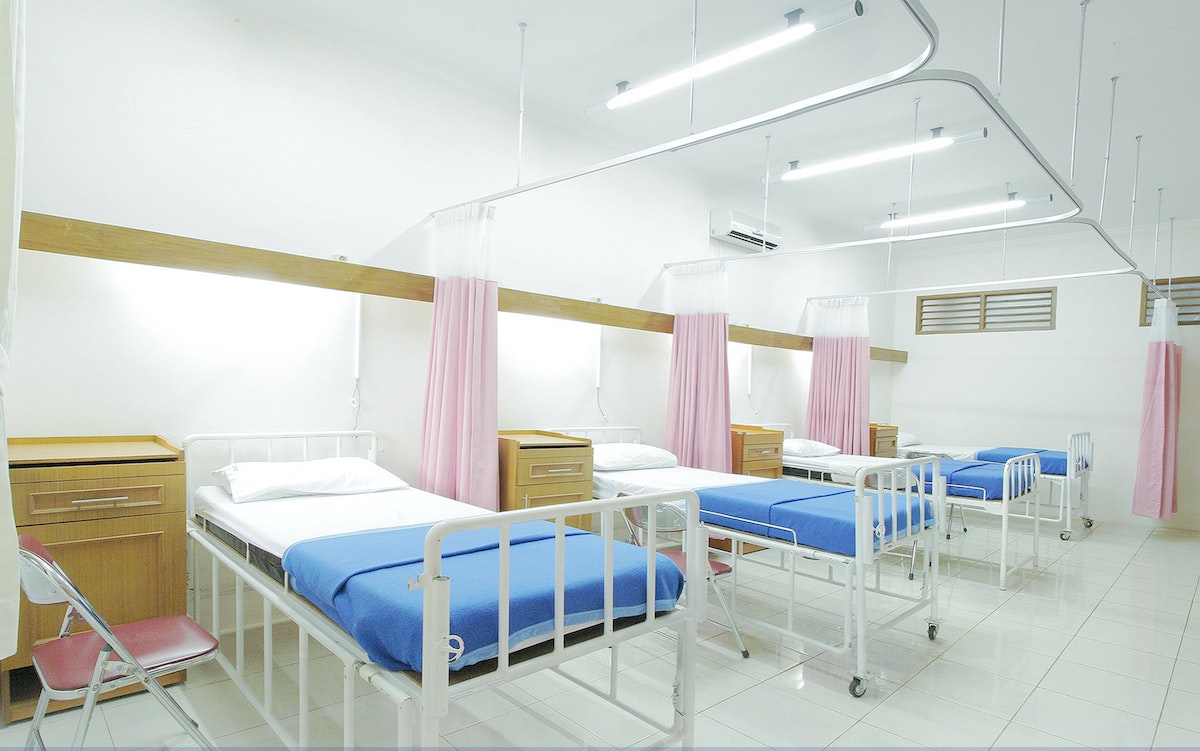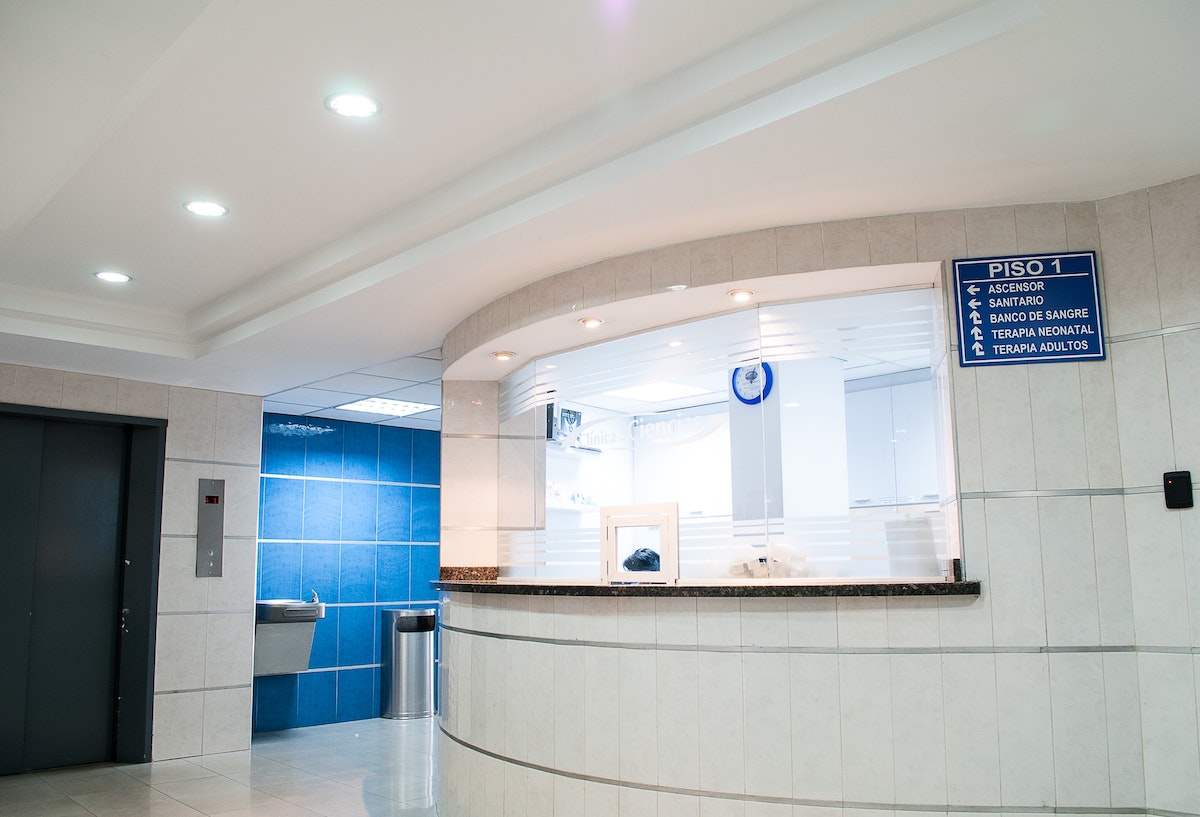Healthcare cost is a major expense for the average American today. In 2007, the annual medical bill per American stood at about $7,700. By 2020, that number had skyrocketed to hit a jaw-dropping $12,530 per person.
Although you can live a healthy lifestyle to prevent diseases, sometimes it’s impossible to avoid all healthcare expenses. But you have options, one of which is to work on where to lower your medical expenses
Here are a few strategies and tips to save on medical costs while getting quality care.
1. Research Where to Buy Your Medical Needs
The cost of prescription drugs, contact lenses and prescription glasses and frames is on an upward trajectory.
You may not feel the pinch for medications if it’s a one-off antibiotic. But the cost can skyrocket quickly if you’re diagnosed with a condition that requires pricey drugs or a chronic disease that requires regular medication.
On the other hand, prescription contact lenses and glasses can get expensive if not covered by your insurance. Researching how much contacts cost before buying from one provider could save you money.
Luckily, there are various strategies you can use to lower your spending on prescriptions today;
Ask for generics – a generic is a replica of an existing brand-name drug. These drugs tend to be up to 80% cheaper because their manufacture does not involve an extensive animal and human clinical trials. Always ask for your doctor’s advice before switching, though.
Shop around – like other things in life; prescription prices vary from pharmacy to pharmacy and between online stores. A survey by Consumer Reports revealed that the cost of prescription drugs could vary up to ten times even within the same city.
2. Consider Independent Facilities for Your Lab Tests
This is one area that you have reasonable control over regarding your healthcare expenses. Laboratory tests in the US can be done in local hospital labs or independent labs.
Often, most people prefer having their tests done in hospital labs because they are more convenient. But have you ever considered how much you’d save if you opted for independent laboratories?
The difference in costs between hospital labs and stand-alone labs is often in the hundreds. For instance, a basic X-ray that would cost about $300 at a hospital-based laboratory may cost you as low as $50 at your local imaging center. These savings quickly add up, especially for patients who need laboratory and imaging tests every six months or so.
Most healthcare experts will refer you to a hospital-based laboratory for testing. However, considering that most hospital-based lab services are not covered, you can request the physician to refer you to an independent laboratory, such as Quest, LabCorp, or other small, local facilities.
Although this option is sure to save your healthcare budget, your expenses will still depend on other factors, such as your insurance plan and convenience.
3. A Higher Premium is Better

Health insurance is the most important type of insurance that you can opt for. This reason is obvious: it buffers you from expensive medical costs that would otherwise wreck your family’s healthcare budget.
When it comes to choosing your health cover in the US, you’ll have a choice between four tiers of insurance plans: Bronze, Silver, Gold and Platinum. These categories don’t differ in terms of the level of care you get at the hospital. Instead, the difference is splitting your medical expenses with the insurance.
There are three types of costs to think about when choosing your health insurance policy;
- Premiums– the amount you pay monthly to your insurance provider whether or not you use the cover.
- Deductible– the out-of-pocket amount you have to pay for the medical services or medication before your insurance coverage kicks in.
- Copay– This is a fixed amount you pay every time you get medical care.
These three costs are inversely related, meaning if you pay low for one, you’ll wind up paying higher for the other two. This is an important consideration, especially if you’re considering going for a lower-cost health insurance plan.
Although this is a personal choice, a health cover with a higher monthly premium makes sense most of the time. It may be expensive at first, but it will save you a lot of money and agony, particularly if you use your cover often.
4. Choose Urgent Care Center for Non-Life Threatening Cases
Another way of saving money on medical expenses is deciding between the emergency room and the urgent care center. This seems pretty obvious at the surface. But one study on the National Institutes of Health found that up to 27 percent of emergency visits could be cared for in Urgent Care Centers (UCCs) or Retail Clinics (RCs).
Experts say that diverting non-emergent cases to UCCs could save patients up to 80 percent in medical expenses. This makes sense considering that hospital emergency room services are usually more than ten times pricier than UCC services.
For instance, a non-life-threatening minor fracture that would cost over $1000 in the ER may cost you $180-$240 in an urgent care center.
Whichever facility you visit, the ER or an Urgent Care Center, will largely depend on your situation. Some cases that are often taken to the ER, for instance, dental emergencies, can be quickly managed in an urgent care station. However, if your condition is life-threatening, for instance, head trauma, chest pains, difficulty breathing and heart attack symptoms, emergency services are necessary.
5. Speak Up; it Pays
Most people aren’t aware that they can reduce their medical expenses simply by negotiating with their healthcare provider. Although it’s difficult to place a price tag on good health, most providers have room for negotiation- but only for those who ask for it.
Additionally, if you open up to your doctor in advance, they may recommend a cheaper alternative that may work as well as the pricier medicine.
Medical expenses are not easy to handle, especially when you have no one to help you. But this does not mean it can’t be resolved. Start by going over your options, from cheaper medicines to choosing urgent care facilities. Once you have your choices in place, you’ll have a better chance of getting the treatment you need without spending excessively.




